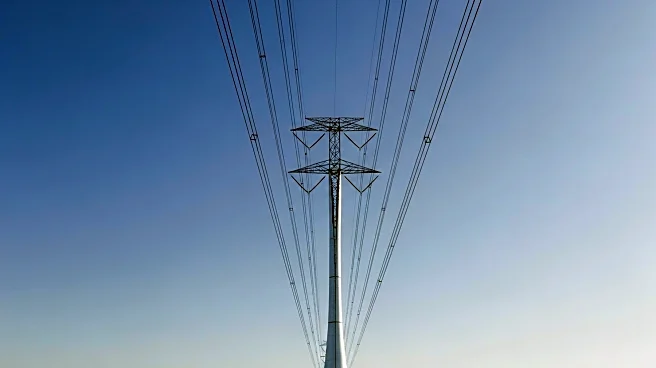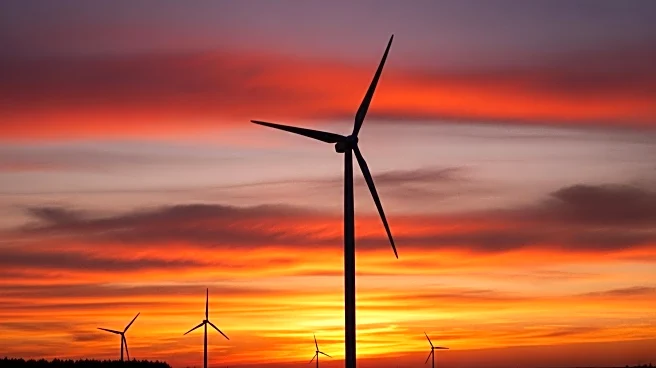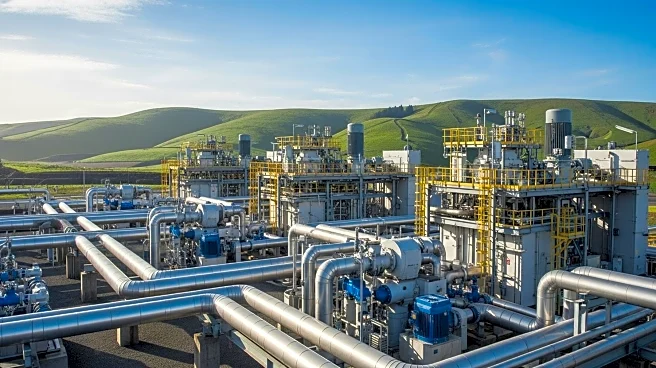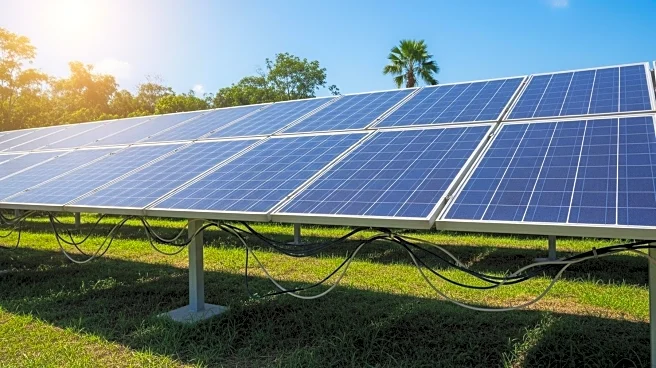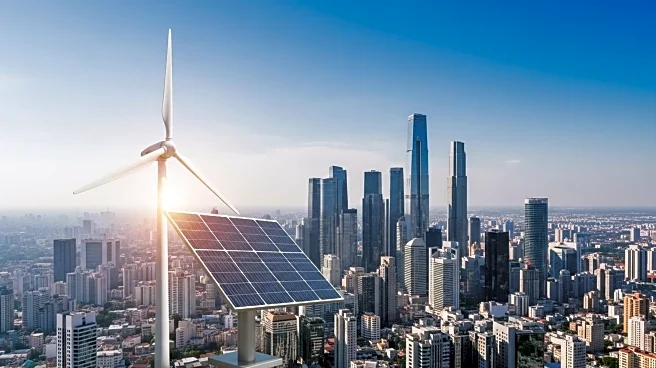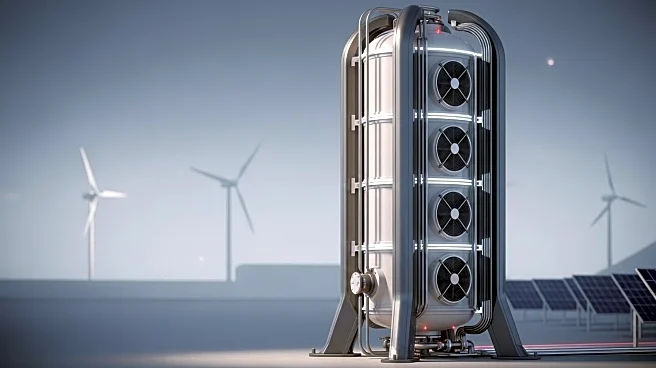What's Happening?
The Netherlands is experiencing significant pressure on its national power grid due to its aggressive shift towards renewable energy sources like wind and solar power. The country's grid, originally designed
for large gas-fired power plants, is struggling to accommodate the decentralized influx of renewable energy. This has led to grid congestion and power outages, prompting concerns about the sustainability of the current energy infrastructure. The government and energy companies are investing heavily in grid reinforcement to address these challenges.
Why It's Important?
The situation in the Netherlands serves as a cautionary tale for other countries pursuing renewable energy transitions. It underscores the importance of modernizing grid infrastructure to handle increased renewable energy inputs. The economic impact is significant, with grid congestion costing the Dutch economy billions annually. This highlights the need for strategic planning and investment in energy infrastructure to ensure reliable power supply and support economic growth.
What's Next?
The Dutch government plans to invest €200 billion in grid improvements, including extensive cable installations, to alleviate congestion. This long-term project aims to enhance grid capacity and support the country's renewable energy goals. The initiative may set a precedent for other nations facing similar challenges, potentially influencing global energy policy and infrastructure development.
Beyond the Headlines
The Netherlands' experience raises broader questions about the balance between environmental goals and infrastructure capabilities. It highlights the need for comprehensive planning in energy transitions, considering both generation and distribution aspects. The situation may drive innovation in grid technology and encourage international collaboration on sustainable energy solutions.




